Minecraft's Influence on Sandbox Gaming and User-Generated Content
December 30, 2024
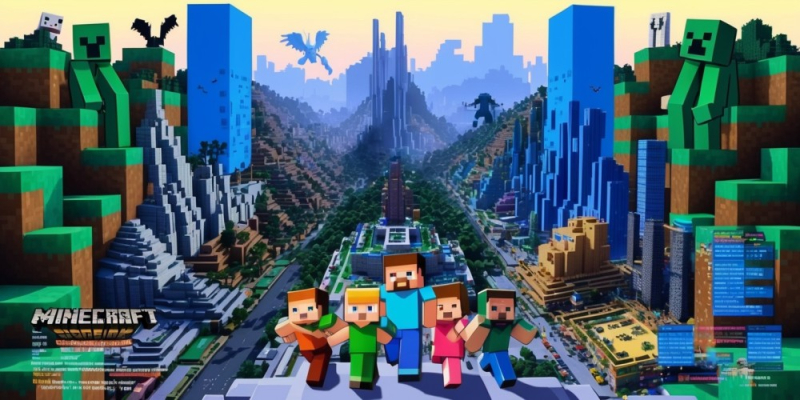
As a long-time player of Minecraft, I often find myself reflecting on the way this game has influenced not only my own gaming experiences but also the broader landscape of sandbox gaming and user-generated content. The impact of Minecraft is profound, and its legacy has set the stage for countless innovations in game design and community engagement.
Building a Unique Universe
Minecraft offers players a unique opportunity to build their own worlds. This sandbox approach allows for unlimited creativity, where every block can be placed according to the player's desires. I remember my first time entering the game and feeling an overwhelming sense of freedom. The canvas was vast, and the tools were simple yet profound. Each player's creation is inherently personal and reflective of their imagination.
Community and Collaboration
One of the most rewarding aspects of Minecraft is its community. Joining forces with others in multiplayer servers has allowed me to engage in collaborative builds that I would have never imagined possible. Working together in this manner fosters a sense of camaraderie among players, enhancing the overall gaming experience. Projects like large-scale replicas of real-world landmarks have become milestones in the community, showcasing collective creativity.
Modding and Customization
The ability to mod Minecraft further ramps up its appeal. Early on, I discovered a thriving community dedicated to modifying the game, which opened my eyes to new mechanics, visuals, and challenges. From simple texture packs to elaborate modded gameplay, the extent of customization has transformed how players experience the game. Mods have become integral to my gaming journey, serving up fresh experiences and allowing for creative expressions that the base game may not provide.
Redefining Game Mechanics
Minecraft has also had a significant influence on how game mechanics are designed in sandbox environments. The fundamental principles of survival, crafting, and exploration are now common in many games that seek to emulate or build upon Minecraft's model. I’ve noticed that other titles are embracing open-world elements, leading to a greater emphasis on player agency. This shift has broadened the definition of what a game can be.
Educating Through Gameplay
Over the years, Minecraft has been embraced as an educational tool as well. The introduction of Minecraft: Education Edition has shown how interactive experiences can assist in teaching subjects like math, history, and coding. Engaging students in a visually stimulating, open-ended environment has proven beneficial. As I’ve taught younger players the fundamentals of building, I’ve witnessed their problem-solving skills develop, all while having fun.
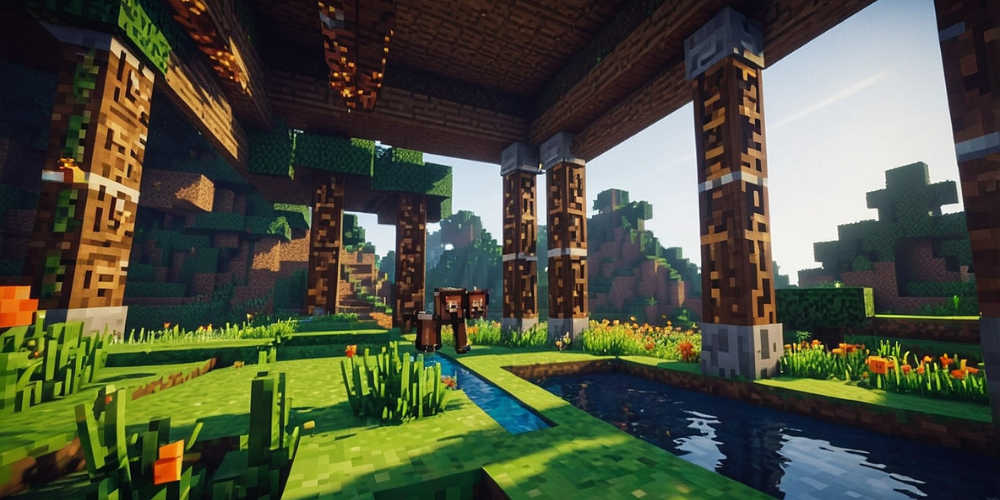
The Rise of YouTube and Streaming Culture
Minecraft has contributed significantly to the rise of content creation on platforms like YouTube and Twitch. The countless Let’s Play videos and tutorials available not only showcase player creativity but also provide a community platform for sharing techniques and ideas. Joining in this online culture has inspired me to create my own content, helping me connect with a diverse audience around the shared love for the game.
Creating Unique Gameplay Experiences
The game also encourages players to craft their own gameplay experiences through mini-games, adventure maps, and custom challenges. Over the years, I’ve engaged in various creative endeavors, such as parkour challenges, escape rooms, and even role-playing scenarios. The possibilities are endless, and the ingenuity of fellow players continually impresses me. Through the game’s mechanics, community-driven content facilitates an ever-evolving landscape in gaming.
Cross-Platform Accessibility
Another aspect that enhances Minecraft’s influence is its across-the-board accessibility. The game is available on multiple platforms, allowing friends to play together regardless of their device. This cross-play feature has made it possible for us to connect and share experiences more easily. The sense of community and participation is enriched further when players can join forces from anywhere.
Inspiring Other Developers
Minecraft’s success has inspired a wave of developers to pioneer similar sandbox experiences. Games like Terraria, Garry's Mod, and Valheim showcase the influence that Minecraft has had on the industry. I have often found myself shifting from one sandbox game to another, noticing the shared core principles of creativity and community. These games build upon what Minecraft has established, yet maintain their unique identities.
Brick by Brick: The Power of Creation
The building mechanics within Minecraft serve as a metaphor for creativity itself. Each block added, removed, or modified contributes to the overall design. I take pride in constructing elaborate structures, and I find joy in watching those creations come together, brick by brick. This process transcends mere gaming; it’s an expression of personal vision, skill, and inspiration.
Networking and Online Communities
Joining forums and subreddits dedicated to Minecraft has expanded my understanding of the game immensely. These online communities provide a space for sharing ideas, troubleshooting challenges, and showcasing fan-made projects. The engagement I’ve found in these networks not only feeds my passion for the game but also builds relationships with like-minded individuals from around the world.
The Cultural Impact of Minecraft
Minecraft’s influence extends beyond gaming; it has seeped into popular culture in various ways. Many television shows, art installations, and merchandise are rooted in the Minecraft universe. I’ve even seen educational systems reference aspects of the game in their curriculum. This cultural penetration reflects the game's universal appeal, inspiring generations to engage, create, and play.
The Beauty of Creative Freedom
One of the key aspects of Minecraft is the sheer freedom it provides to explore and create without constraints. This liberating experience has influenced how I and many others perceive games. I am drawn not just to the game mechanics but to the possibilities they unlock. This freedom has encouraged an inventive spirit that many sandbox games strive to replicate.
Building an Ever-Expanding Legacy
Minecraft continues to evolve alongside its community, with new features and updates keeping the experience fresh. The game’s developers consistently listen to player feedback, ensuring that it remains relevant and innovative. I appreciate the dedication to maintaining an expansive world filled with new potential. Whether it’s new biomes or gameplay mechanics, staying engaged with Minecraft feels like being part of a living, breathing project that will continue to grow.
User-Generated Content and Its Importance
User-generated content cannot be overstated when discussing Minecraft’s legacy. Players continually release shaders, skins, maps, and mods that enrich the experience for others. These contributions have fostered a highly involved player base, where appreciation for each other’s work can be felt at every turn. I have explored countless new worlds created by others, each offering a unique twist to the Minecraft experience.
A New Standard for Sandbox Games
Ultimately, Minecraft has set a new standard for sandbox games with its combination of creativity, community, and user-generated content. The influence it wields in the gaming industry is undeniable, impacting how games are developed and perceived. It’s this unique blend that keeps me, and millions like me, returning to the game, eager to build, explore, and connect in this vast, blocky universe.

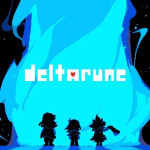
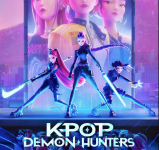
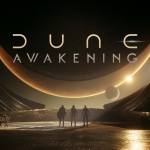


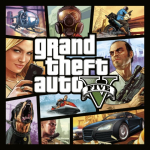

Leave a comment
Your comment is awaiting moderation. We save your draft here
0 Comments